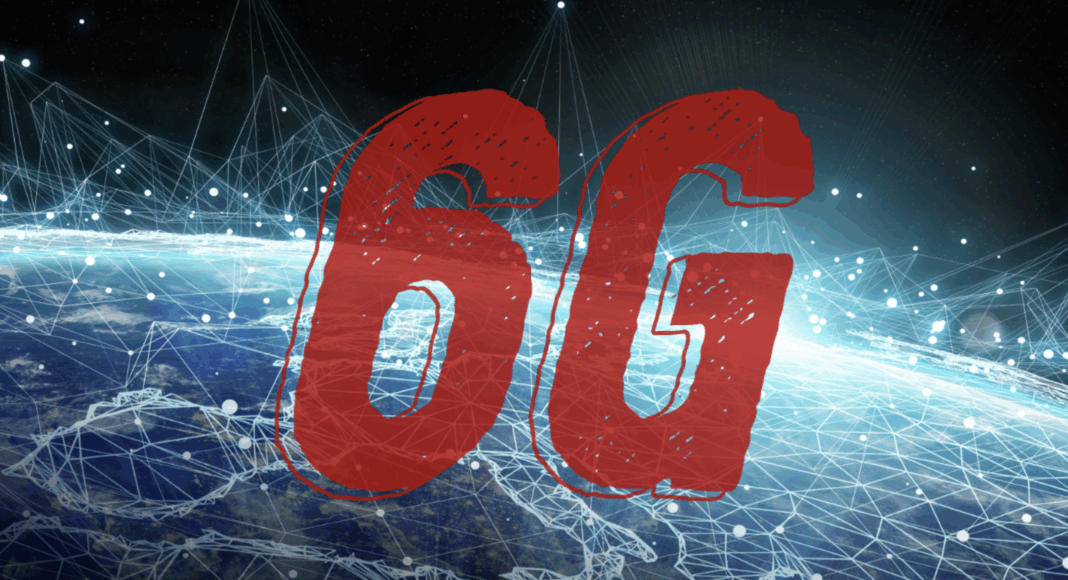Softbank and Nokia are installing three pre-commercial 7GHz-compatible base stations in central Tokyo
In sum, what to know:
Outdoor trials – Softbank and Nokia have started outdoor trials of the 7GHz band in Tokyo, marking Japan’s first use of this frequency for 6G research.
Massive MIMO – UIt is using pre-commercial base stations and massive MIMO tech to compared wirh 5G coverage in dense urban areas like Tokyo.
6G roadmap – The 7–24 GHz (FR3) band is under ITU consideration for 6G; Softbank’s trial supports research into mid-band solutions for next-gen mobile networks.
Japanese operator Softbank is working with Finnish network vendor Nokia on an outdoor trial of the the 7GHz band, under consideration for future 6G communications. Softbank said it is the first telco in Japan to carry out tests using in the band.
It is installing three pre-commercial 7GHz-compatible base stations in central Tokyo. It will use massive MIMO technology to evaluate how 6G coverage compares with 5G coverage in urban areas, and the deployment scenarios to go with it.
It said the 7–24 GHz band, referred to as FR3 in 3GPP circles and standards, is emerging as a candidate for next-generation mobile networks. The specific band used in the new trial with Nokia — 7,125-8,400 MHz — is scheduled to be discussed at the ITU-R’s World Radiocommunication Conference 2027 (WRC-27) as a potential 6G frequency.
Softbank stated: “The 7GHz band offers significantly broader bandwidth than 5G’s Sub-6 bands. When combined with the already defined 6,425–7,125 MHz 5G band, it enables nearly 2GHz of contiguous spectrum. Its propagation characteristics are similar to Sub-6, making it well-suited for high-speed communication and reliable area coverage.
“As mobile data traffic continues to rise—driven in part by the spread of AI—dense urban environments face increasing challenges in signal penetration due to building congestion. The 7GHz band is viewed as a promising 6G solution that balances both capacity and coverage in such areas.”
Softbank started outdoor testing with a trial 7GHz license in June in Tokyo’s Ginza district. The trial compares the coverage and radio characteristics of the 7GHz band with 5G in commercial sub-6 (3.9GHz) spectrum by co-locating pre-commercial 7GHz base stations next to existing 5G base stations on building rooftops. The goal is to use massive MIMO to establish contiguous coverage in the surrounding area.
Softbank said future testing will include both indoor and outdoor measurements within the trial zone, which will contribute to ongoing R&D for the commercialization of 6G. Apart from these 6G efforts, Softbank is also positioning itself as a relevant player in the AI infrastructure field.
Masayoshi Son, chief executive at Softbank, recently told shareholders at the company’s annual meeting that Softbank intends to become the world’s leading platform provider for what he described as “artificial super intelligence” within the next decade. Son compared the opportunity in superintelligent AI to the “winner takes all” effect seen in other tech sectors over the past two decades. He pointed to how Microsoft, Amazon and Google have dominated personal computing software, e-commerce, and online search respectively.
Artificial super intelligence (ASI) is a hypothetical software-based AI system with an intellectual scope beyond human intelligence. At the most fundamental level, this superintelligent AI has cutting-edge cognitive functions and highly developed thinking skills more advanced than any human.
In a separate investor briefing, the executive recently said SoftBank is investing in a strategic structure centered on OpenAI and Arm to move towards artificial super intelligence. SoftBank and OpenAI — along with Oracle, Microsoft, Arm, NVIDIA and technology investor MGX — are involved with the Stargate project supported by President Donald Trump.
The Stargate initiative has an estimated long-term cost of $500 billion, and an initial $100 billion already earmarked for early phases. At its core, Stargate is a plan to build a network of state-of-the-art AI data centers across the United States.

